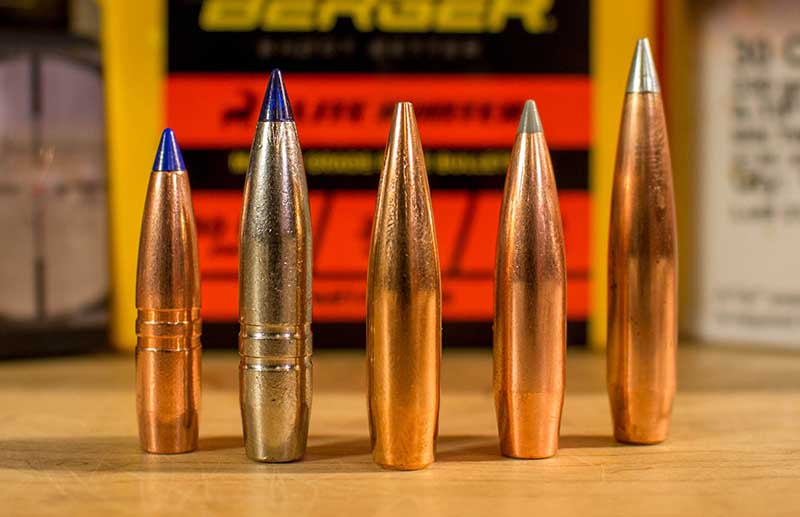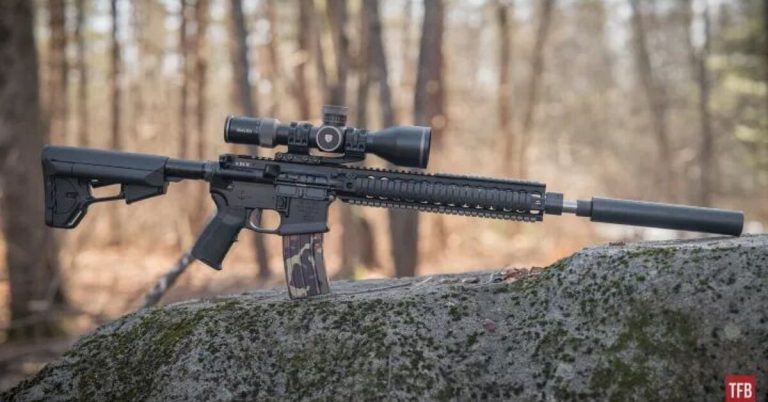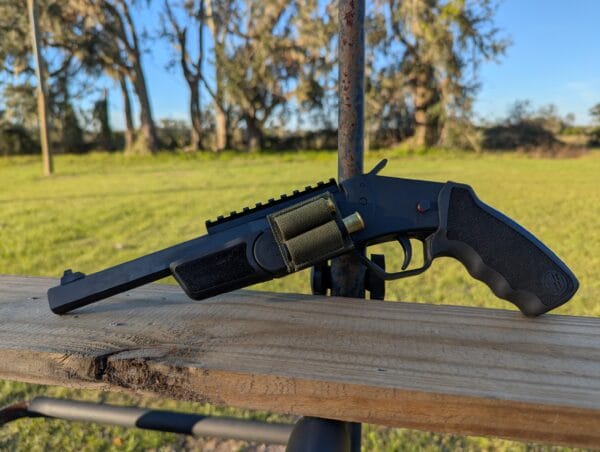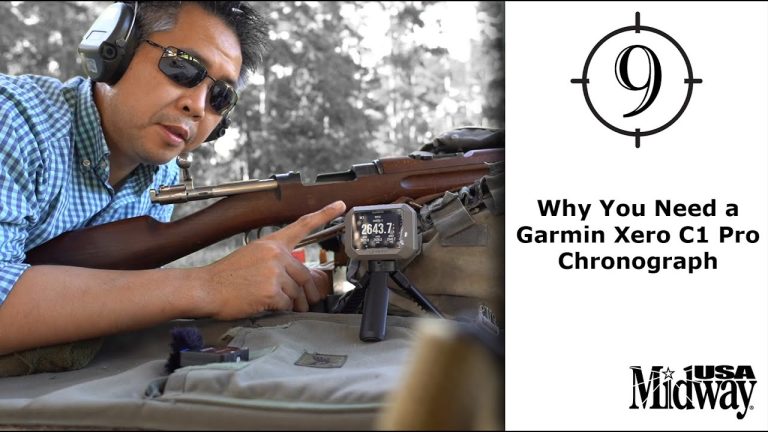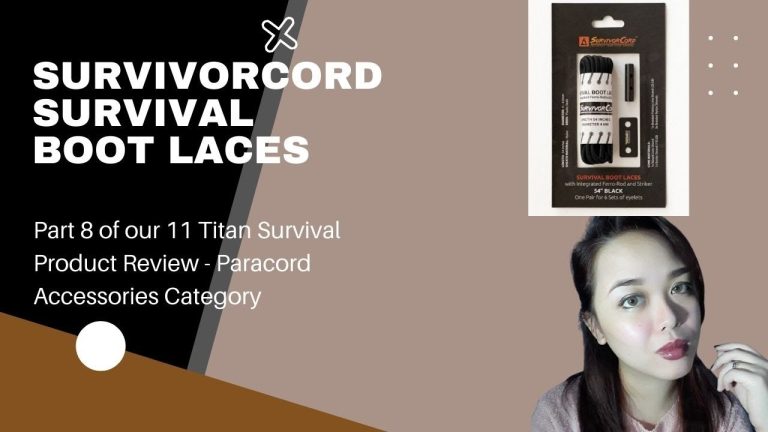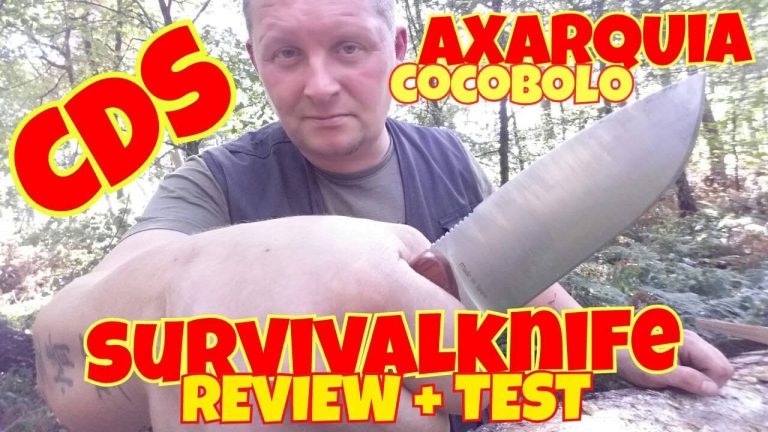Some issues and fixes for when it comes to dealing with the bearing surface of today’s longer bullets.
There’s a marked change in progress in the rifle bullet industry, and one that’s not going away. Our bullets are growing longer, ogives are flattening out, and the notable shift away from lead-core designs has our traditional bullet weights growing in length. The higher ballistic coefficient of the longer bullet is so important to long-range shooters that entire families of cartridges have been designed around the bullet instead of vice versa.
For the reloader, all of this can pose some issues, in both the practical application of these bullets as well as the choice of bullet weight/type for your given cartridge. The bearing surface of these longer bullets can often generate problems and challenges for the reloader, so let’s look at some issues and some fixes when it comes to loading the longer bullets.
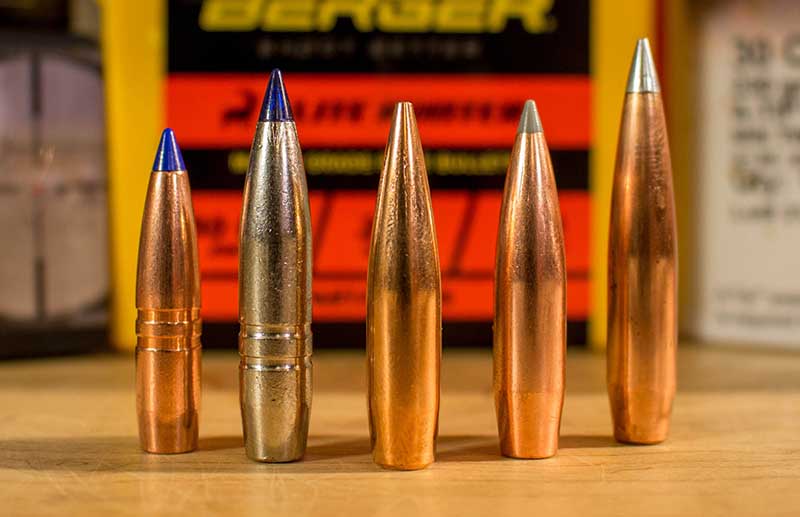
The Long Game
My first experience with longer bullets and bearing surface came with the first iteration of the Barnes X bullets. I loved the concept—the idea of monometal construction with no different parts to separate—but the bullets simply didn’t group well in any of my rifles, and the copper fouling was hellacious. The load data I was using wasn’t working out either, and I couldn’t figure out why.
I felt some relief knowing it wasn’t just me, because Barnes introduced the TSX, or Triple Shock X bullet. The revised bullet has three grooves cut into the shank in order to reduce bearing surface; consequently, this also reduces pressure and copper fouling. In addition to radically improving the accuracy of the Barnes line—and restoring my faith in the product—the pressures generated dropped significantly, and the load data changed accordingly. I’ve found that the monometal bullets of the last decade or so actually perform better with powders on the faster side of the range for a particular cartridge, which bring the pressures back up for a more consistent velocity.
California has passed laws prohibiting the use of lead and lead-core bullets in the hunting fields, so the use of copper/copper alloy projectiles is required, and that has certainly had an effect on the market’s use of that style of bullet. In fact, nearly all of the major bullet manufacturers offer a lead-free projectile in their lineup, with more models popping up each year.
Looking at the pleasures and pitfalls of the monometals, you’ll find that the lighter material results in a longer bullet when compared to the lead-core counterparts. This moves the center of gravity rearward and can compromise bullet stability in certain instances. Where the majority of the 6.5mm cartridges work wonderfully with a 140-grain lead core spitzer bullet and a round-nose 160-grain lead-core bullet, the most common twist rates won’t stabilize a 140-grain copper alloy spitzer bullet; hence, the popularity of the 129- and 130-grain monometal designs in that caliber.
Generally speaking, with the common twist rates, the heaviest bullet weights for a given caliber won’t be stabilized if that projectile is lead-free. But that’s alright, because the terminal performance is usually such that the hunter can actually drop down in weight without being overly concerned.
For example, a 180-grain bullet has long been the common choice for the various .300 Magnums, but you can surely see similar terminal performance from a monometal 165-grain choice. The 130-grain 6.5mm bullet doesn’t give up an awful lot in comparison to a lead-core 140-grain slug, and a 250- or 270-grain monometal bullet in a .375 H&H or .375 Ruger has no flies on it.
Profiles And Data
Modern lead-core bullets designed for long-range hunting can have radically different profiles in comparison to the flat-based spitzer bullets, and they might require a different set of load data. For example, if you were to compare a 200-grain Nosler Partition and a 200-grain Federal Terminal Ascent, you’ll see that the classic Partition design has much more bearing surface than the sleek Terminal Ascent with its longer ogive and boat-tail. A specific data set should be used for each bullet, as the Partition will most likely reach its pressure peak at a lower charge rate than the Terminal Ascent.
Hornady’s ELD-X and ELD Match, Federal’s Terminal Ascent, Berger VLD and Hybrid bullets, Sierra MatchKings and Tipped MatchKings are all examples of bullets with a unique bearing surface when compared to traditionally shaped projectiles. Many reloading manuals will include separate data for this type of bullet, though they’re sometimes lumped together by weight.

I’ve also found that the true accuracy potential of these higher B.C. bullets may not be realized at 100 yards, where so many of us reloaders do our accuracy testing. They require a bit of time to “settle down,” and when you measure group sizes in MOA, the 300-yard target may tell a different tale than does the 100-yard target. I’ll also say that those bullets with the severe boat-tail are happier with consistent velocity figures and are prone to be affected by variations in velocity more than their flat-based cousins.
Additional Tips
One caveat about loading these long, sleek bullets: a regular seating plug may damage the meplat, defeating the entire purpose of using these bullets in the first place. Check your seating plug and, if need be, check with the manufacturer to purchase a “VLD” seating plug; it’ll be a game-changer.
Additionally, some of these bullets will pose a challenge when trying to adhere to the prescribed cartridge overall length (C.O.L.); you may find that the case mouth is sitting on the bullet’s ogive instead of the shank. That situation is unacceptable, so you’ll be forced to either seat that bullet out to where the case mouth is on the shank with a longer C.O.L. or choose a different design. If you choose to exceed the published C.O.L. value, you’ll need to make sure that the projectile isn’t going to contact the lands of your rifle (which will generate dangerous pressures).
Also, the longer cartridge length may prevent the cartridge from seating in the rifle’s magazine; what you’ll end up with is a single-feed rifle. Simply put, I don’t feel that the cartridge designers of a half-century ago or more could envision the bullets of the 21st century and the advancements in powder, barrels and optics. Our modern cartridge designs are looking at the bullet geometry first and cartridge length second.
The reloader can take full advantage of these new bullet designs, to a certain point: Attempting to stuff them in a cartridge that just isn’t suited to that bullet profile seems counterintuitive. Part of reloading is knowing the limitations of each design, and staying within safe parameters and that includes using a bullet design that mates up to your rifle’s magazine and throat with causing a potentially dangerous situation.
Editor’s Note: This article originally appeared in the May 2022 issue of Gun Digest the Magazine.
More On Reloading:
Get Started in Reloading:
 NEXT STEP: Download Your Free Storm Tactical Printable Target Pack
NEXT STEP: Download Your Free Storm Tactical Printable Target Pack
62 Printable MOA Targets with DOT Drills – Rifle Range in YARDS This impressive target pack from our friends at Storm Tactical contains 62 printable targets for rifle and handgun range use. Target grids and bullseye sizes are in MOA. Ideal for long-range shooting!
Subscribe to the Gun Digest email newsletter and we’ll send your print-at-home target pack right away. Just enter your email address below.
 NEXT STEP: Download Your Free Storm Tactical Printable Target Pack
NEXT STEP: Download Your Free Storm Tactical Printable Target Pack
62 Printable MOA Targets with DOT Drills – Rifle Range in YARDS This impressive target pack from our friends at Storm Tactical contains 62 printable targets for rifle and handgun range use. Target grids and bullseye sizes are in MOA. Ideal for long-range shooting!
Subscribe to the Gun Digest email newsletter and we’ll send your print-at-home target pack right away. Just enter your email address below.







